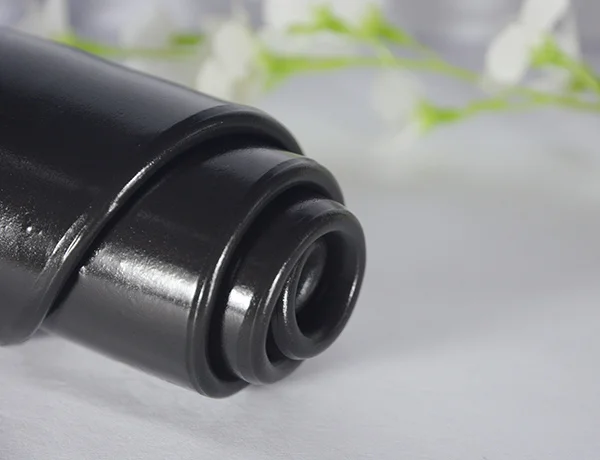Fluorosilicone, a remarkable material developed by Kingrande New Material, has revolutionized the field of chemistry with its unique characteristics and diverse applications. This blog aims to explore the exceptional features of fluorosilicone and its wide-ranging uses in various industries.

Understanding Fluorosilicone
Fluorosilicone, also known as fluorosilicone rubber, is a synthetic elastomer that combines the properties of silicone rubber with fluorocarbon rubber. This innovative combination results in a material that exhibits exceptional resistance to a wide variety of corrosive fluids at elevated temperatures while retaining its mechanical properties. The development of fluorosilicone represents a significant breakthrough in the field of chemistry, offering a versatile solution for numerous industrial applications.
Characteristics of Fluorosilicone
Fluorosilicone possesses a multitude of remarkable characteristics that make it highly desirable for a range of applications. Similar to fluorocarbon rubber, it demonstrates excellent resistance to weathering, ozone, oxygen, and flame. This resistance to environmental factors ensures the durability and longevity of products made from fluorosilicone, even in harsh conditions.
Furthermore, fluorosilicone exhibits good tensile strength, resilience, and low compression set, making it an ideal choice for applications that require flexibility, durability, and resistance to deformation. These properties enable fluorosilicone to maintain its structural integrity and performance over extended periods, even when subjected to challenging operating conditions.
Applications of Fluorosilicone
The exceptional properties of fluorosilicone make it a preferred material in a wide range of industries. Its resistance to corrosive fluids and elevated temperatures makes it particularly well-suited for use in the automotive, aerospace, and aircraft industries. In these sectors, fluorosilicone is utilized in the manufacturing of seals, gaskets, and O-rings, where its ability to withstand extreme conditions is crucial for ensuring the reliability and safety of critical components.
Moreover, fluorosilicone finds extensive applications in chemical processing, petrochemical, and power supply industries, where its resistance to corrosive fluids and thermal stability are highly valued. In these settings, fluorosilicone is employed in the production of seals, gaskets, and other components that are exposed to aggressive chemicals, high temperatures, and demanding operating environments.
Product Description: Fluoroelastomer
Fluorosilicone shares several similarities with fluoroelastomer, another high-performance elastomeric material. Fluoroelastomers, known for their exceptional resistance to a wide variety of corrosive fluids at elevated temperatures, also retain their mechanical properties under challenging conditions. Additionally, fluoroelastomers exhibit resistance to weathering, ozone, oxygen, and flame, making them suitable for demanding applications.
The outstanding tensile strength, resilience, and low compression set of fluoroelastomers further enhance their suitability for use in diverse industries. Due to these excellent properties, fluoroelastomers are widely employed in the automobile, aerospace, aircraft, chemical processing, petrochemical, and power supply industries. Their versatility and reliability make them indispensable for sealing and gasket applications in critical systems where performance and durability are paramount.
Conclusion
In conclusion, the development of fluorosilicone represents a significant advancement in the field of chemistry, offering a unique combination of properties that make it highly desirable for a wide range of applications. Its exceptional resistance to corrosive fluids, elevated temperatures, and environmental factors, coupled with its mechanical properties, positions fluorosilicone as a material of choice in industries such as automotive, aerospace, chemical processing, and more. With its remarkable characteristics and diverse applications, fluorosilicone stands as a testament to the continuous innovation and progress in material science, providing solutions that meet the evolving needs of modern industries.